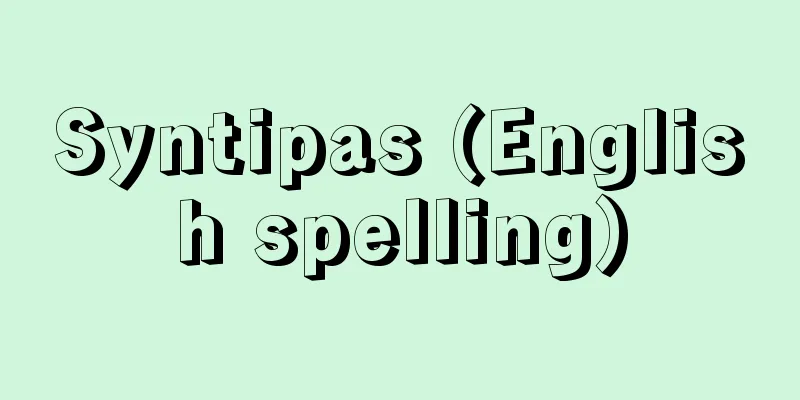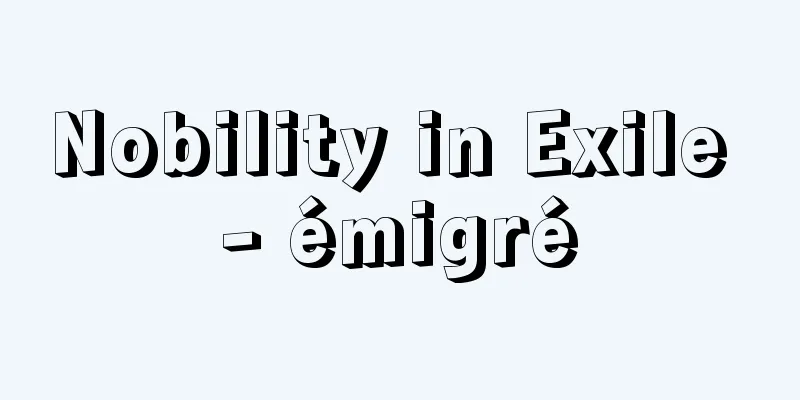Educational measurement

|
It refers to the quantitative and objective measurement of the effectiveness of education. In the narrow sense, it means the measurement of the effectiveness of learning instruction, but in a broader sense, it can mean the measurement of the learner's intelligence, aptitude, interests, personality, physical condition, etc. that are related to the effectiveness of education, and can also include the measurement of the educational curriculum, teaching methods, teacher qualities, and environmental conditions at home and school. The movement to eliminate the subjectivity of traditional testing methods (oral examinations and essay tests) and to objectively grasp the effects of education became popular in the United States at the beginning of the 20th century. This was because objective educational measurement and testing were needed for enrollment, promotion, course selection, ability-based class organization, educational diagnosis, etc. Thorndike, a central figure in this educational measurement movement, said, "Everything that exists exists quantitatively. And anything that exists quantitatively can be measured," and created various standardized tests with his disciples. Meanwhile, individual intelligence tests were invented in France, and group intelligence tests were also standardized in the United States. Furthermore, in the 1930s, measurement methods for interests, attitudes, personality, etc. were developed, making it possible to measure all aspects of children in accordance with educational purposes. In Japan, from the mid-Taisho period to the early Showa period, standard tests for many subjects such as arithmetic, reading, writing, and English, as well as individual and group intelligence tests, were actively standardized. During World War II, it was temporarily forgotten, but after the war, under the influence of the United States, intelligence tests and objective academic achievement tests began to be widely used again. Today, educational measurement plays an important role in collecting objective data as part of educational evaluation. [Iroku Kawai] [Reference] |Source: Shogakukan Encyclopedia Nipponica About Encyclopedia Nipponica Information | Legend |
|
教育の効果を数量的、客観的に測定することをいう。狭義には、学習指導の効果の測定を意味するが、広義には、その効果に関与する学習者の知能、適性、興味、人格、身体などの測定を意味し、さらに教育課程、学習指導法、教師の資質、家庭や学校の環境的諸条件の測定などを含めることもある。 従来からの伝統的な試験法(口頭試問や論文体テスト)の主観性を排し、教育の効果を客観的にとらえようとする動きは、20世紀の初め、アメリカで盛んになった。それは、就学、進級、コースの選択、能力別クラス編成、教育診断などのために、客観的な教育測定やテストが必要となってきたためである。この教育測定運動の中心的人物であったソーンダイクは、「存在するものはすべて量的に存在する。そして量的に存在するものは測定することができる」と述べ、弟子たちとともに種々の標準テストを作成した。他方、フランスでは個別式知能検査が考案され、続いてアメリカで団体式知能検査も標準化された。さらに1930年代に入ると、興味、態度、パーソナリティーなどについての測定方法が開発され、子供のすべての側面について、教育的目的に即した測定が可能となった。日本でも大正中期から昭和初期にかけて、当時の算術、読み方、書き方、英語など多くの教科についての標準テストや、個別式および団体式知能テストの標準化が盛んに行われた。第二次世界大戦中は一時影を潜めたが、戦後はアメリカの影響を受けて、ふたたび知能テストや客観的な学力テストが多く用いられている。今日では教育測定は、教育評価の一部として、客観的資料の収集という重要な役割を果たしている。 [河合伊六] [参照項目] |出典 小学館 日本大百科全書(ニッポニカ)日本大百科全書(ニッポニカ)について 情報 | 凡例 |
<<: Superintendent of Education
>>: Superintendent General of Education
Recommend
Canadian National Railway [company] - Canadian National Railway
Based on the Canadian National Railways Act of 192...
Braille, L. (English spelling) BrailleL
…It is a symbolic writing system that blind peopl...
Props
〘Noun〙① Small tools and implements. ※Ishiyama Hong...
White-bellied black woodpecker (Kitataki)
A bird of the woodpecker family, Picidae. Total le...
Jordan, Camille
Born: January 5, 1838, Lyon Died January 20, 1922....
Kakuteizuka Tomb
...It is a traditional contest of strength that h...
Celebration dish - Iwai Fish
...Singing, dancing and hidden performances also ...
Róheim - Géza Róheim
1891‐1953 Hungarian-born American anthropologist. ...
Subic Bay - Subic Bay
A beautiful natural bay on the west coast of the B...
Zenzo Shimizu
An international player who adorns the early hist...
Khalaj Turk
…They gradually expanded from the mountains to th...
Forbush effect
…The heliosphere is also disturbed by high-speed ...
Incense ceremony
It is a branch of aesthetic education that aims t...
CIC - Customer Interaction Center
Call centers, which are the core of contact with c...
Ibn Maimun - Ibn Maimun
See the Maimonides page. Source: Encyclopaedia Br...









